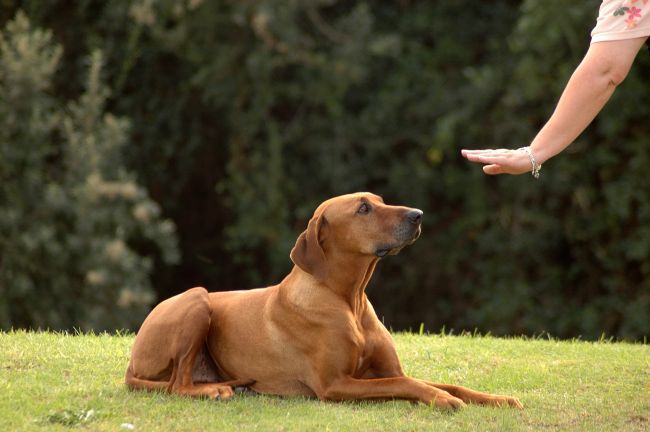
Pet owners who have been to training class, or have watched obedience training videos might have heard terms like: catching, shaping and luring. While those might sound like something you do with a cold, a piece of art, and a fishing rod; they are actually useful terms describing methods of how to get the best behavior from your dog. To disassociate those words from their “English dictionary” meaning, and disambiguate their implications in regards to training, let’s look at how these pet training methods come into play:
Catching (also called “capturing”): This refers to catching your dog in the act of doing an action you like, all of his own accord. This could be anything from sitting, laying down, staying, pointing, or even yawning or “smiling” (or showing their teeth) etc. When a trainer sees this happen, he can identify it as an action by clicking and giving the dog a treat. For example: call your dog into the living room and sit there waiting for him. Continue to wait until he gets bored and lies down. The moment he does, click and throw a treat nearby so that he will have to get up again to get it. Then when the dog comes back, wait again until he sits, then slowly lies down. The second that tummy is on the floor, click and treat. Then follow the same process until your dog understands that lying down is the skill he gets rewarded for.
Luring: Luring applies the principle of incentive-guiding into the training game. The luring training method takes a delectable item of choice, (such as a fresh piece of meat or a tasty dog biscuit), and shows your dog where you want him to go. For example if you want your pup to go to his crate, you might say “Go to your crate” and then hold a treat out and lead him to it. Once he is inside, click and give him the treat. The go outside again and call him over. Repeat this process until your dog knows what the command “Go to your crate” means. Another easy way to apply luring is to teach your dog to lie down. Start by having him sit, then command him to “lie down” while you point to the ground. If he does not go naturally, hold the treat in front of his nose and bring the treat to the ground; your dog will follow. Once he has laid down: click, treat and repeat! If you notice your dog is less responsive with a certain treat, change it up a bit. If the doggy chews don’t inspire him, try a crispy piece of bacon, grilled chicken, or some beef jerky to kick up the motivation.
Shaping: This step is perhaps one of the more challenging to accomplish, since the “baby step” approach can be both time-consuming and frustrating for the trainer and the dog, if he doesn’t feel very successful. It is the step that involves practicing each stage of the skill by increments followed by rewards. For example when you naturally see your dog doing something you like, you reward him (“catching”). Then you help him learn the next step closest to the skill you want him to acquire, by waiting for him to do the next increment and rewarding him, until he learns them all and can accomplish the task completely. For example: you might want to teach your dog to raise his paw. When you see him naturally shift to one side, click and treat, then wait. When he then shifts to the side and has one foot slightly off the ground, then click and treat. When he does this again, wait until he lifts the leg a little higher, then click and treat. Keep up this process until the dog continues to lift and lift his foot a little more each time to work for his treat. When he finally has his paw as high as you want him to go, click and treat him every time he does this, and your dog will love the “game” that gets him a reward.

